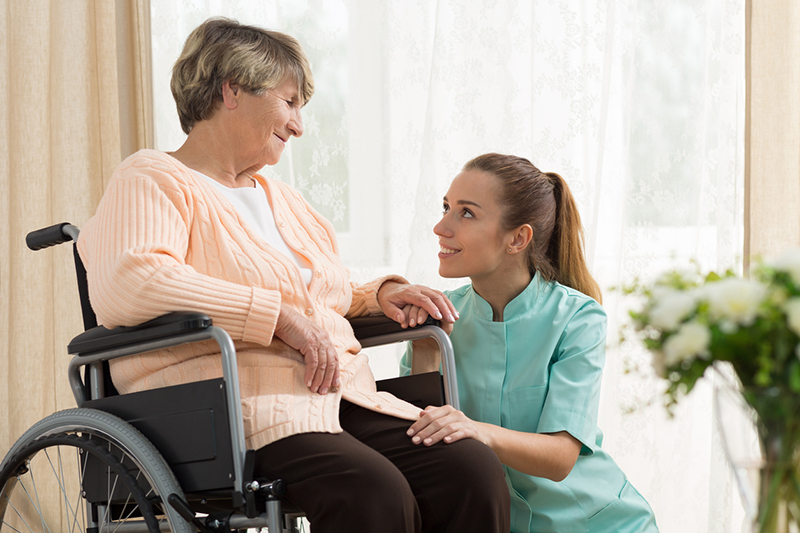
The data is quite concerning: over 50% of caregivers suffer from caregiving injuries while lifting or transferring elderly individuals. As many family members step into caregiving roles, it’s vital for you to master the right techniques for safely moving and lifting to protect both your health and the well-being of the seniors you assist.
To aid you in overcoming these challenges, our care team offers crucial tips designed to reduce the risk of injuries, boost your safety and effectiveness during physical interactions with an older loved one, and enhance your confidence as a caregiver.
Follow these steps in the order listed:
- If the bed is low, position one foot on a stool next to it to mitigate lower back stress.
- Position the wheelchair very close to the bed and conduct a brief safety inspection. Check that the brakes are set and that the armrests and footrests are pushed out of the way.
- Clearly communicate with the individual about the impending move, making sure they understand and are ready for the transfer. Start the process with a vocal countdown, “1-2-3.”
- Encourage the senior, if able, to use their hands to aid in the transfer.
- Maintain close proximity to the person for maximum support during the lift.
- Bend at the knees instead of the waist, keep your back and neck straight, and distribute your weight equally across your feet. Activate your core and back muscles to maintain proper lifting form.
- Use your legs for lifting strength and your arms to steady the individual.
- Rotate by pivoting on one foot instead of twisting your spine to reduce the risk of injury.
- Use a transfer belt around the person’s waist for extra stability and support as you move them.
- If feasible, have the person grasp the wheelchair armrests for additional support.
If you continue to face challenges in moving a senior loved one between a bed and a chair or wheelchair, CareFor is here to assist. Our team in Austin, New Braunfels, San Antonio, and the surrounding area is proficient in safely transferring older adults and promoting the most active lifestyle possible. Whether you need occasional respite care or continuous, full-time support, contact us online or call (512) 338-4533 to prevent caregiving injuries and ensure the safety of the person you love.